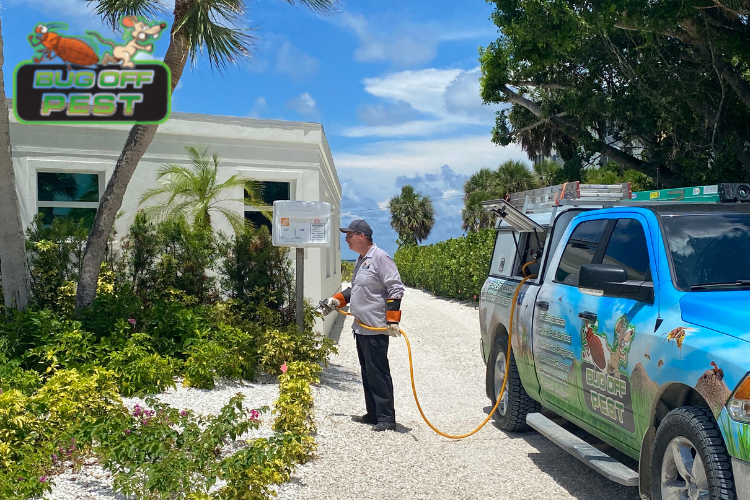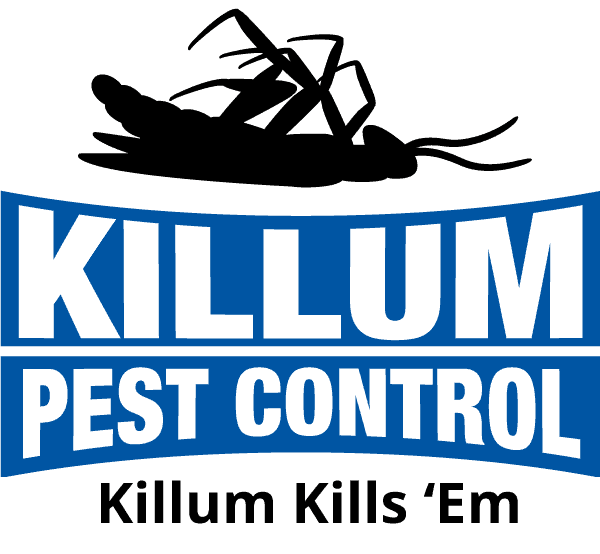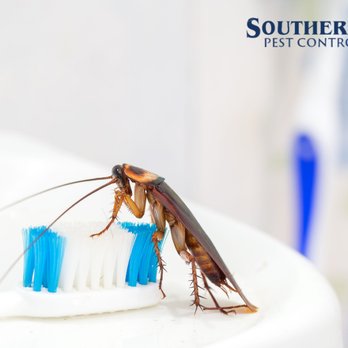Pest Control Services: Keeping Your Home Safe from Dangerous Insects
Learn More About the Most Recent Advancements in Insect Control and Just How to Execute Effective Therapy Solutions
In current years, the field of parasite control has witnessed substantial improvements, driven by the demand for sustainable and reliable treatment services. Ingenious strategies such as Integrated Parasite Management (IPM) incorporate environmentally friendly methods with advanced modern technology, improving both effectiveness and ecological duty.
Eco-Friendly Insect Control Options
Over the last few years, the need for green parasite control choices has surged as services and house owners alike look for lasting alternatives to typical chemical treatments. This shift is driven by expanding environmental understanding and a need to minimize the health and wellness dangers connected with artificial pesticides.

Green parasite control techniques incorporate a variety of approaches that prioritize making use of natural compounds and techniques. Integrated Bug Management (IPM) is one such method, integrating organic, social, and mechanical tactics to manage pest populations while minimizing dependence on chemicals (Wildlife removal services). This alternative approach emphasizes prevention with environment control and the introduction of all-natural predators, thereby cultivating a balanced environment
An additional preferred choice is the use of agricultural chemicals originated from plants, which have a tendency to be much less unsafe to non-target microorganisms. Products like neem oil and diatomaceous planet have actually acquired traction for their efficiency in controlling insects while presenting marginal dangers to human wellness and the atmosphere.
Additionally, exclusion strategies, such as sealing entrance factors and maintaining tidiness, play a critical role in environmentally friendly pest management. By adopting these sustainable methods, organizations and people can effectively take care of insects while promoting a healthier earth for future generations.
Smart Innovation in Insect Management
Development is improving the landscape of pest monitoring, with wise technology becoming a critical force in improving effectiveness and effectiveness - Wildlife removal services. The assimilation of Web of Points (IoT) tools, expert system (AI), and data analytics is revolutionizing just how insect control experts approach invasions
Smart traps outfitted with sensing units can identify insect activity in real-time, sending prompt signals to drivers. This permits timely actions, decreasing damages and lowering the need for considerable therapies. In addition, AI formulas evaluate historic information to anticipate insect behavior, allowing positive treatments based upon ecological conditions and invasion patterns.
Drones and automatic cars are also playing a significant duty in insect management, offering airborne analyses of big areas, determining hotspots, and also dispersing targeted therapies. These modern technologies not just simplify operations but additionally improve security by limiting human direct exposure to potentially unsafe chemicals.
Additionally, mobile applications encourage consumers to monitor parasite task and accessibility expert advice, fostering a collective approach to pest monitoring. On the whole, the fostering of clever innovation is setting a brand-new criterion in pest control, highlighting data-driven decisions and lasting techniques that eventually benefit both experts and house owners alike.
Integrated Pest Administration Strategies
Integrated Bug Monitoring (IPM) employs an alternative approach to pest control, incorporating numerous approaches to properly handle pest populaces while lessening risks to human health and wellness and the setting. IPM focuses on understanding the pest life cycle, their natural enemies, and the environment in which they thrive.
One of the essential elements of IPM is discover this keeping an eye on pest populaces via normal assessments and information collection. This enables the identification of insect thresholds, determining when treatment is essential. Cultural practices, such as plant sanitation, habitat, and rotation manipulation, are necessary in reducing parasite prevalence and promoting plant wellness.
Mechanical controls, including traps and barriers, are additionally crucial in IPM. These techniques can physically get rid of or hinder bugs without making use of chemicals. When needed, the cautious application of chemical controls is utilized, concentrating on targeted treatments that reduce environmental impact.
Education and partnership among stakeholders, consisting of farmers, insect control specialists, and the community, are important for the effective execution of IPM techniques. By focusing on sustainable methods, IPM not only addresses pest concerns however also promotes a healthier ecological community.
Biological Control Methods
Countless biological control techniques are progressively identified for their efficiency in managing pest populations while advertising ecological balance. These techniques harness natural predators, parasites, and microorganisms to decrease pest numbers without depending on artificial chemicals. The introduction of ladybugs can efficiently manage aphid populations, while nematodes target soil-dwelling pest larvae.
Furthermore, making use of microbial chemicals, such as Bacillus thuringiensis (Bt), provides an environmentally friendly choice for taking care of caterpillar pests. These products especially target pest species, reducing damage to valuable pests and pollinators. Conservation organic control highlights boosting environments for natural enemies, such as birds and beneficial bugs, consequently motivating their presence in farming systems.
Research proceeds to expose ingenious techniques within this field, such as using pheromones to interrupt pest breeding patterns or the growth of biocontrol representatives through hereditary design. Carrying out these approaches can cause sustainable bug administration practices that mitigate the dependence on chemical treatments, eventually promoting much healthier ecological communities. As recognition of these methods expands, they are becoming important parts of integrated parasite management (IPM) methods, offering an equilibrium in between effective pest control and environmental stewardship.
Do It Yourself Bug Control Solutions
As property owners look for effective methods to take on pest concerns, do it yourself bug control options have actually this contact form acquired appeal for their ease of access and cost-effectiveness. These techniques empower people to attend to problems making use of easily available products and strategies, usually without the demand for professional treatment.

Additionally, preserving proper sanitation and regular assessments can prevent insect entry and nesting (Wildlife removal services). Straightforward practices, such as securing fractures, eliminating food sources, and decluttering, can considerably diminish pest populations. Catches, both homemade and readily offered, can likewise use reliable options for tracking and managing details pests like pests or rodents

Conclusion
The assimilation of environmentally friendly bug control options, clever technology, and cutting-edge monitoring strategies offers a comprehensive method to reliable parasite management. By welcoming Integrated Parasite Monitoring (IPM) and using organic control approaches, together with DIY remedies, sustainable and liable parasite control can be accomplished. These innovations not just improve the efficiency of pest monitoring techniques however also add to a much healthier environment. Applying these strategies fosters a well balanced environment while effectively attending to pest populaces.
Eco-friendly bug control methods incorporate a variety of strategies that prioritize the use of natural compounds and practices. Integrated Pest Administration (IPM) is one such method, incorporating biological, social, and mechanical techniques to take care of parasite populaces while minimizing dependence on chemicals. As recognition of these strategies expands, they are becoming indispensable elements of incorporated bug administration (IPM) techniques, providing an equilibrium between reliable parasite control and ecological stewardship.
The integration of green parasite control choices, clever technology, and ingenious administration strategies provides a comprehensive method to efficient bug administration. By welcoming Integrated Insect Monitoring (IPM) and utilizing biological control approaches, alongside DIY services, liable and lasting pest control can be accomplished.